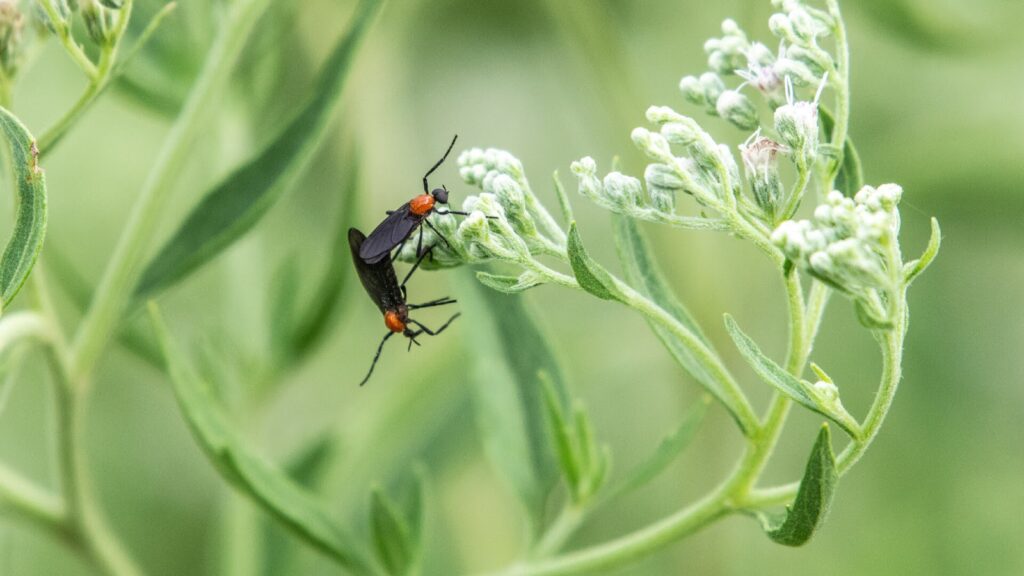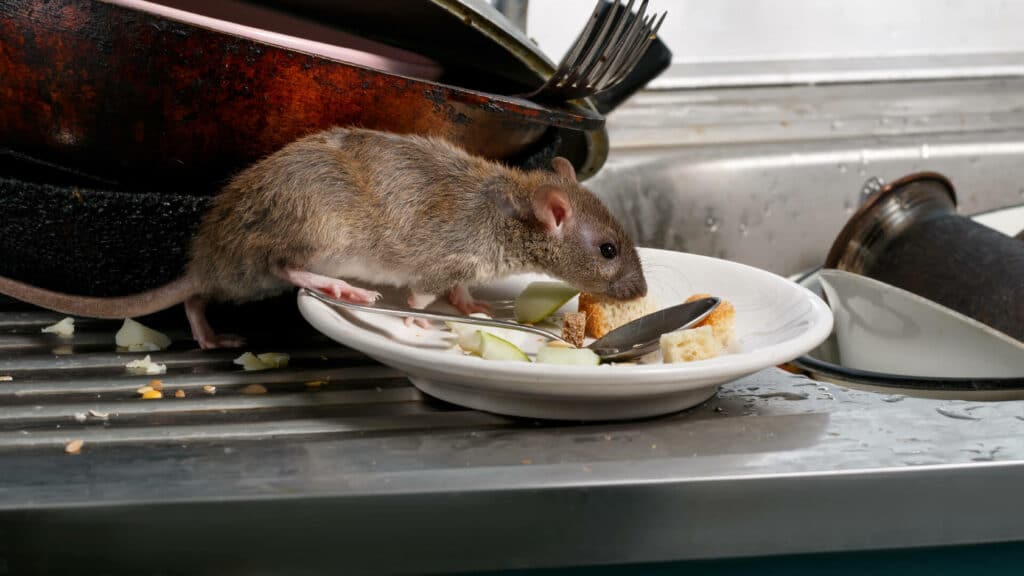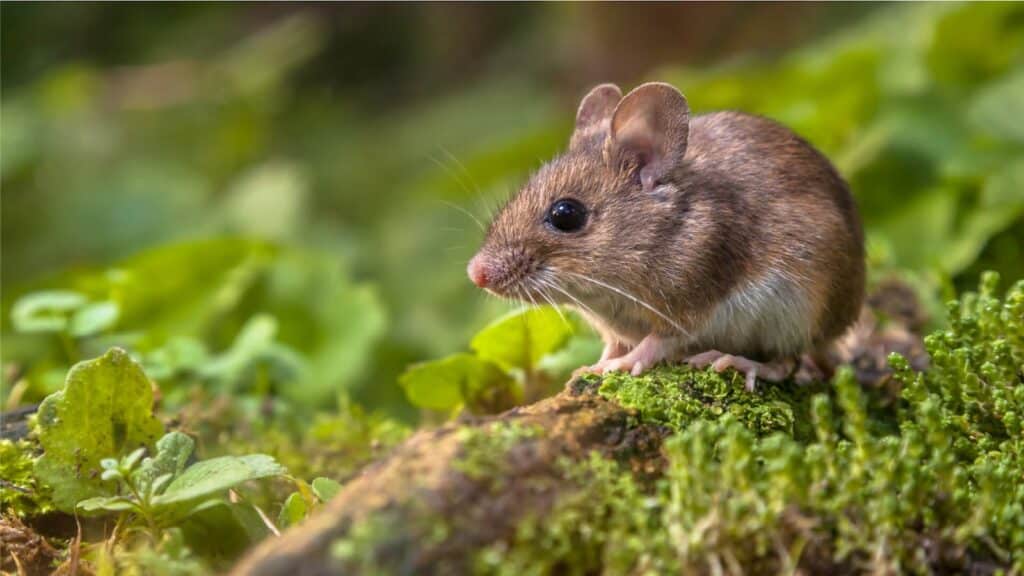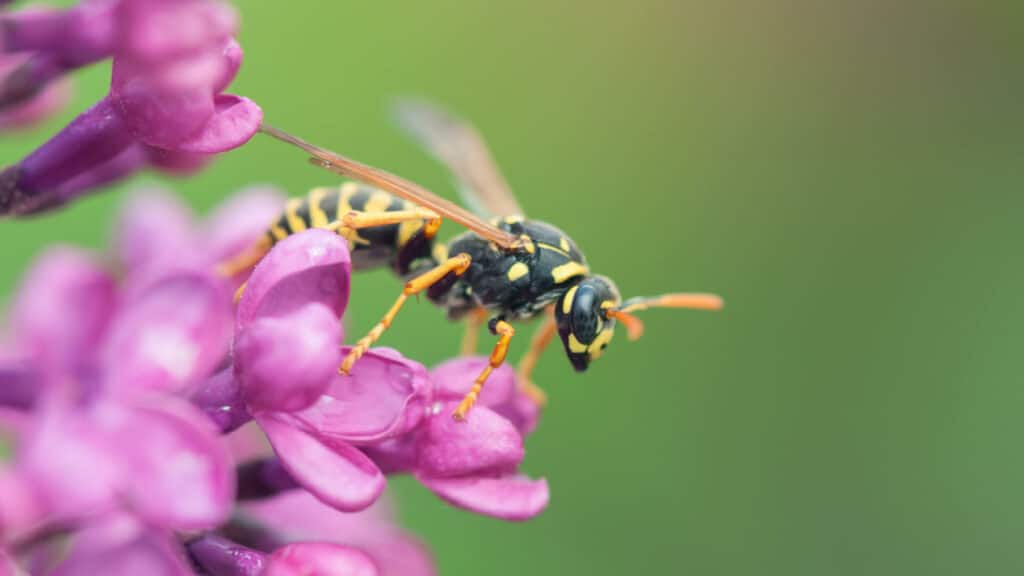Centipedes and millipedes occupy a special place in the pest world. Unlike other common household pests, these leggy creatures aren’t insects or arachnids. Instead, centipedes and millipedes belong to myriapoda, a subphylum of terrestrial arthropods. Members of this subphylum are characterized by their long, segmented bodies, many legs, a pair of antennae, and simple, single lens eyes. These similarities often lead to centipedes and millipedes being confused for one another, when in actuality, they are quite different.
Centipedes
No two centipedes are the same. Some centipedes can be as short as a 1/4 of an inch, while others, such as the giant desert centipede, can measure up to 6 inches in length. They have segmented bodies with each segment containing a pair of legs. Centipedes may be dark brown, red, or yellow in color. They require moisture to survive and prefer to live in dark, humid environments. Indoors, centipedes are typically found in basements or bathrooms. Outdoors, centipedes like to hide under rocks, damp leaves, and logs.
Unlike millipedes, centipedes can be venomous. Using their maxillipeds, a modified pair of front legs, centipedes inject venom into their prey to paralyze them. Centipedes are carnivorous creatures and like to feed on cockroaches, spiders, earthworms, and other small insects. As a result, they can be helpful when it comes to controlling common household pests.
Though it’s not very common, centipedes can bite people. If bitten by a centipede, you may experience a reaction similar to that of a bee sting. You should seek medical attention if you experience a severe reaction. In order to keep from getting bit, you should never pick up a centipede.
Millipedes
Just as no two centipedes are the same, no two millipedes are either. For example, your common millipede is typically about 1 inch in length, while the Giant African millipede can reach up to 15 inches in length. Like centipedes, millipede bodies have segments. However, millipedes have two pairs of legs per segment rather one pair. They are brown or black in color and also require moisture to survive. Millipedes may enter your home through cracks in your foundation and will typically seek out a basement or bathroom to take shelter in. More commonly, they are found outside in damp leaf litter or mulch.
Unlike centipedes, millipedes are not venomous and they do not hunt prey. Instead, millipedes are detritivores. They eat decaying leaves and plant matter. As a result, millipedes help in the recycling of nutrients, which can be beneficial to plant life and soil health. However, in dry conditions, millipedes may start feeding on your living plants, which can be a major nuisance.
How Aptive can Help
The most important step in controlling these pests is to remove what is attracting them in the first place. When you use Aptive, a knowledgeable service professional will conduct a thorough inspection of your property and determine why centipedes and millipedes are attracted to your home and yard. Additionally, they will provide you with helpful methods and suggestions to prevent centipedes and millipedes from entering your home. For example, your service professional may tell you to clean up or remove leaf piles, compost piles and other popular hiding places for centipedes and millipedes. They will also make sure your doors and windows are well-sealed, and point out any cracks or crevices that may permit entry to your home.
An Aptive professional will then develop a suitable treatment plan based on your specific needs, and will treat your property with care and respect. Once treated, an Aptive service professional will conduct a follow-up inspection and apply additional treatments if necessary.
If you notice large numbers of millipedes or centipedes on your property, call Aptive Environmental to receive a quote and schedule your service today.









